Some things feel as American as apple pie or baseball. But time, technology, and changing tastes are pushing many of these iconic items closer to the edge of extinction. What once seemed permanent may not survive the next few years. Here are 20 beloved American staples that are at risk of disappearing entirely.
Landline Telephones
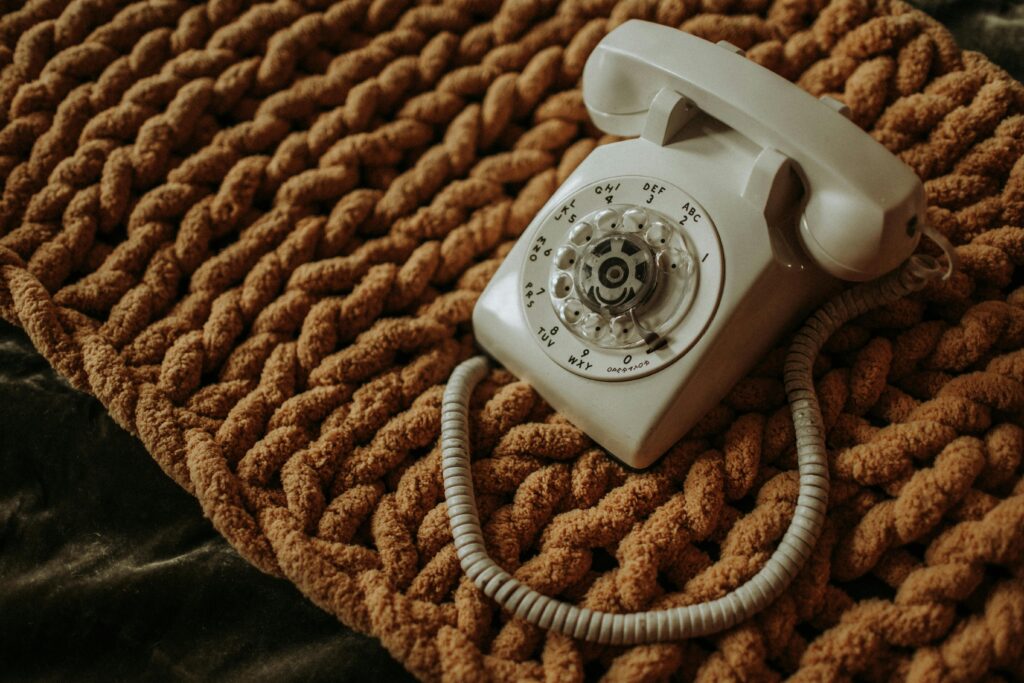
Landline phones used to be in every home. Now, most people rely on mobile phones and internet-based calling. As phone companies stop maintaining old networks, landlines are slowly vanishing. Fewer households are signing up for this service, making it less profitable to keep them running. Eventually, they may be gone for good.
Drive-In Movie Theaters
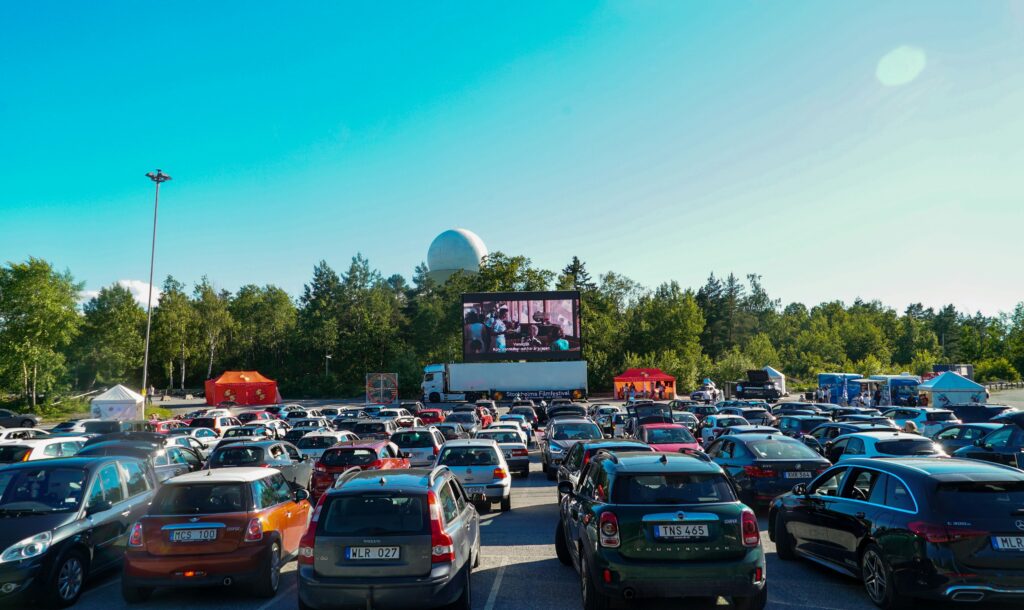
Drive-ins thrived in the mid-20th century. Families packed into cars to watch double features under the stars. Today, streaming services, rising land values, and costly digital upgrades have caused most drive-ins to shut down. A handful still operate, but their numbers continue to dwindle every year.
Physical Maps

Once a road trip essential, fold-out paper maps are barely hanging on. GPS apps and smartphones have taken over navigation. Most travelers prefer digital tools for real-time directions and traffic updates. Printed maps are now more of a collector’s item than a necessity.
Print Newspapers

Newspapers used to be part of the morning routine. With readers shifting to digital formats, print editions are disappearing. Advertising revenue has moved online, and physical distribution has become expensive. Many local papers have gone digital-only, and more are likely to follow.
Penny Coins
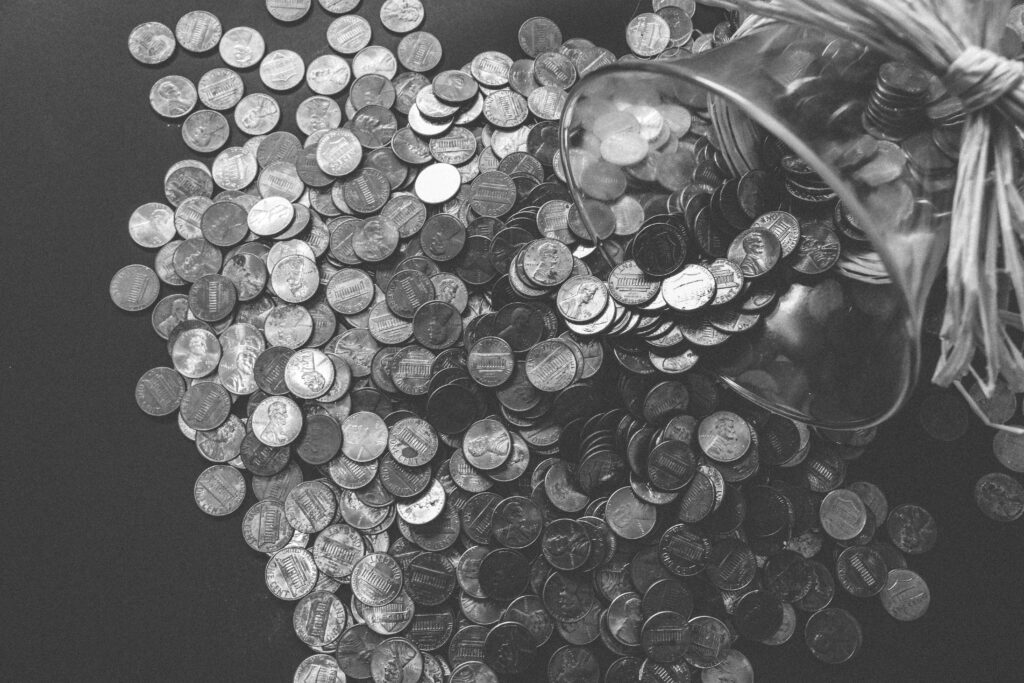
The penny has been losing value for decades. It costs more to make than it is worth. Many Americans support phasing it out altogether. Some businesses have already stopped accepting them, and rounding purchases to the nearest nickel may become standard.
Cable TV Packages

Cable television is quickly being replaced by streaming services. Consumers want flexibility and lower prices, so they are canceling traditional cable subscriptions. As more content becomes available online, the need for cable bundles is shrinking fast.
Gas-Powered Lawn Equipment
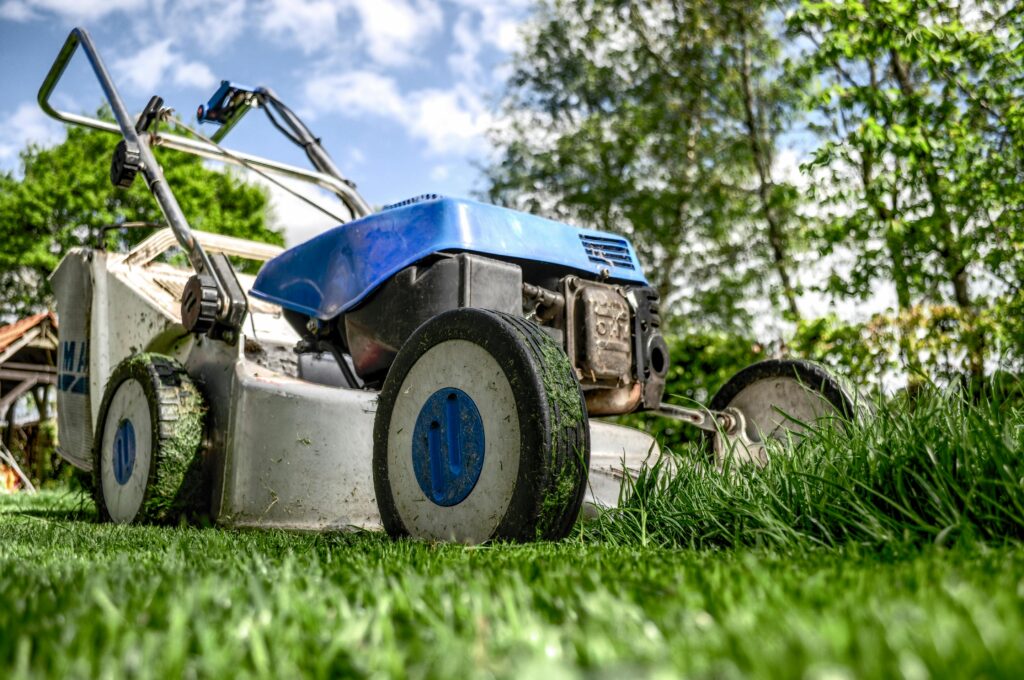
Lawnmowers, leaf blowers, and trimmers powered by gas may soon be replaced by electric versions. Cities and states are introducing stricter emissions rules. Battery-powered models are getting cheaper and more efficient, making them a popular alternative.
American Cheese Slices

Pre-packaged cheese slices once symbolized convenience food in American households. But changing tastes and health concerns are causing a drop in popularity. Consumers are choosing real cheeses with fewer additives, and processed slices are losing their spot on store shelves.
Stick Shift Cars
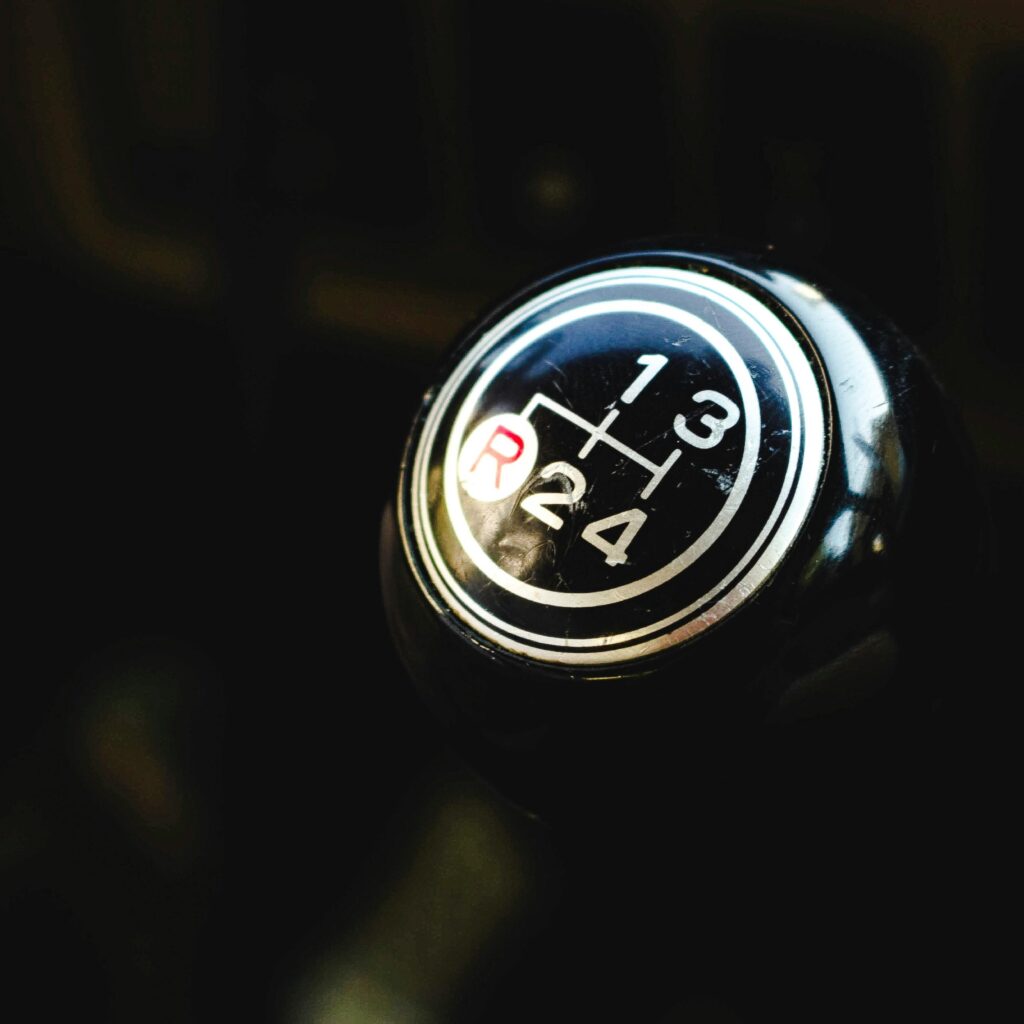
Manual transmissions used to be a sign of skill and control. Today, fewer cars are made with stick shifts, and fewer people know how to drive them. Automatic and electric vehicles dominate the market, making manual cars a rare sight.
Payphones
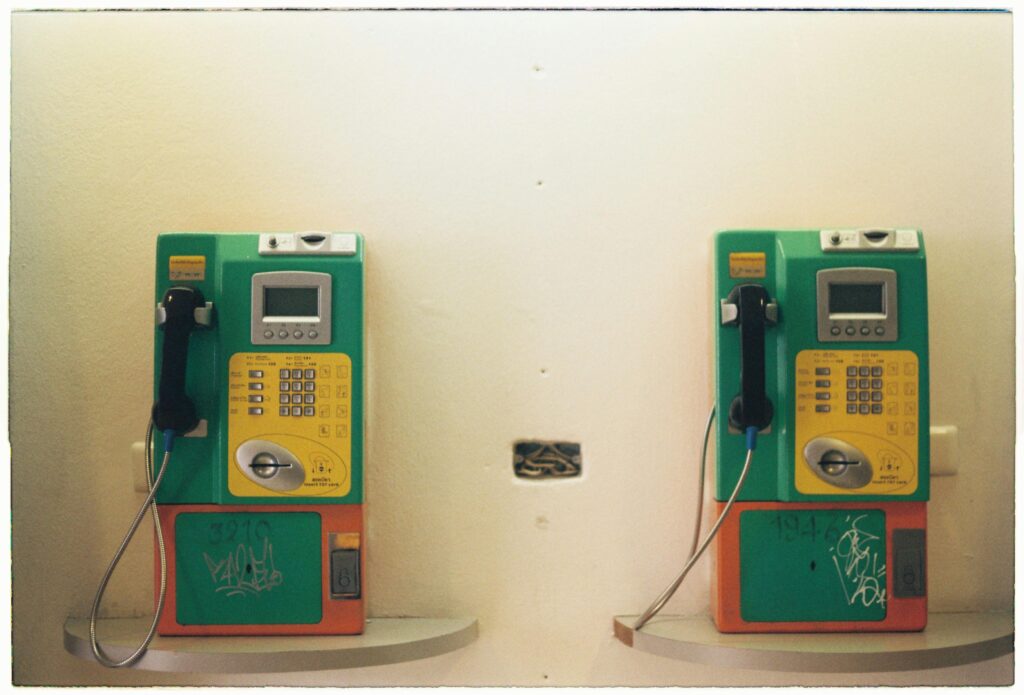
Once a critical communication tool, payphones are now nearly extinct. Cellphones have made them irrelevant. You may still spot one in an airport or on a city corner, but they are mostly decorative now and disappearing fast.
Fax Machines
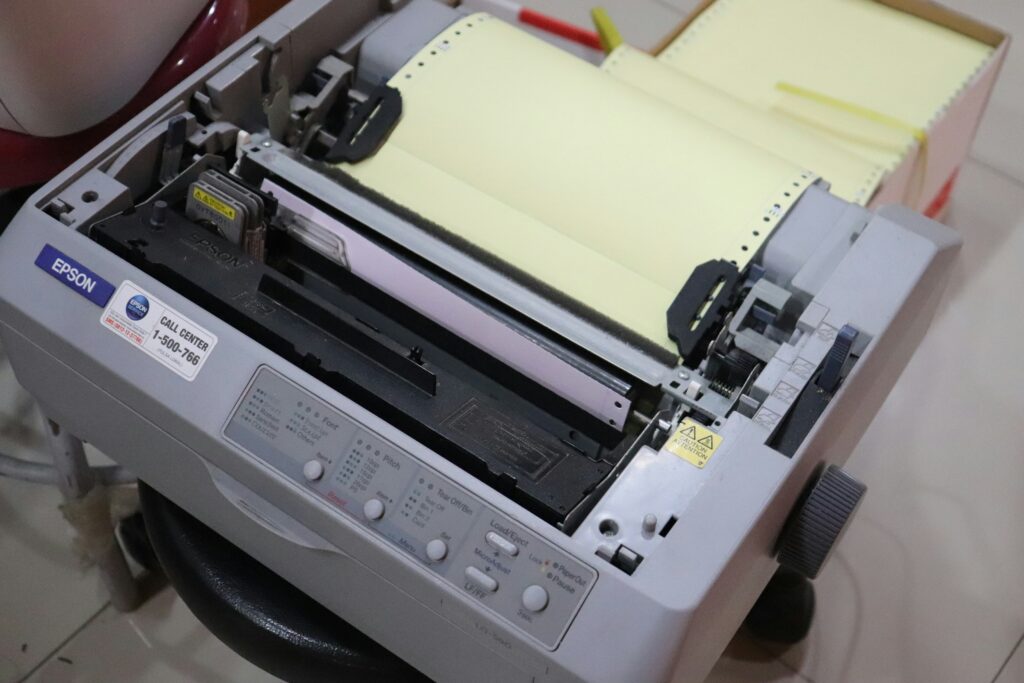
Faxes were once essential in offices across America. Email and digital signatures have replaced them. While some industries still use them, the technology is outdated and inefficient. Most people under 40 have never used a fax machine at all.
Printed Catalogs

Retail catalogs used to fill mailboxes during the holidays. Now, most shoppers browse online. Companies have cut printing costs by switching to digital formats. Printed catalogs are becoming rare, even among major brands.
Plastic Straws
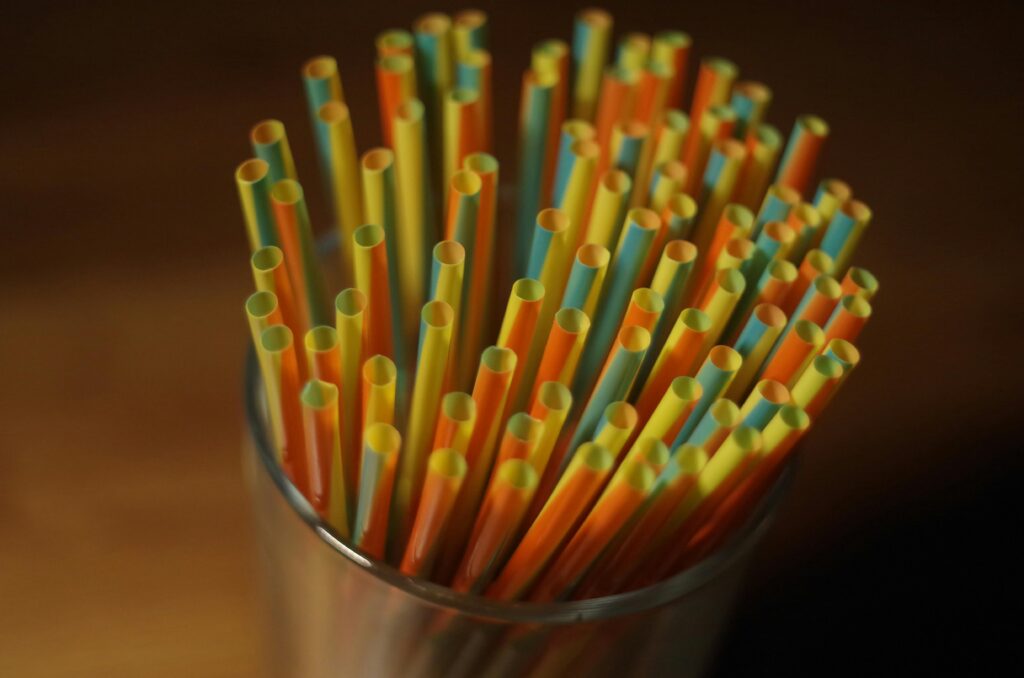
Due to environmental concerns, plastic straws are being phased out across the country. Many cities have banned them. Restaurants and retailers are switching to paper or reusable alternatives. This shift is likely to continue nationwide.
Handwritten Checks

Checks are slower, less secure, and less convenient than digital payment methods. People now prefer debit cards, banking apps, and mobile wallets. While some still use checks for rent or bills, their use is rapidly declining.
Read More: 10 Things Most Americans Don’t Know About the U.S.
Traditional Alarm Clocks

The smartphone has replaced many standalone devices. Alarm clocks are one of the most obvious examples. Few people buy them anymore when their phones can wake them up with music, weather updates, and calendar alerts.
Incandescent Light Bulbs
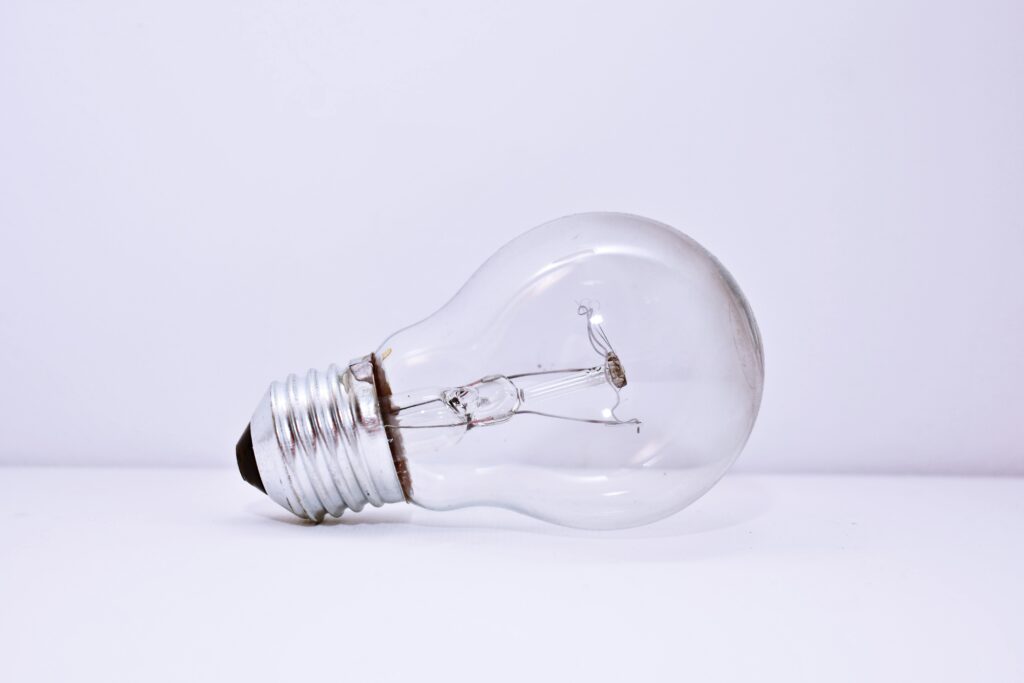
These bulbs were once in every lamp and ceiling fixture. But they use more energy and burn out quickly. New efficiency laws have pushed retailers to stock LED and compact fluorescent options instead. Incandescents are still around but fading out.
Greeting Cards

Physical greeting cards used to be a big part of birthdays and holidays. But high prices and digital messaging have made them less common. More people now send texts, emails, or digital cards instead of mailing paper ones.
Rolodexes
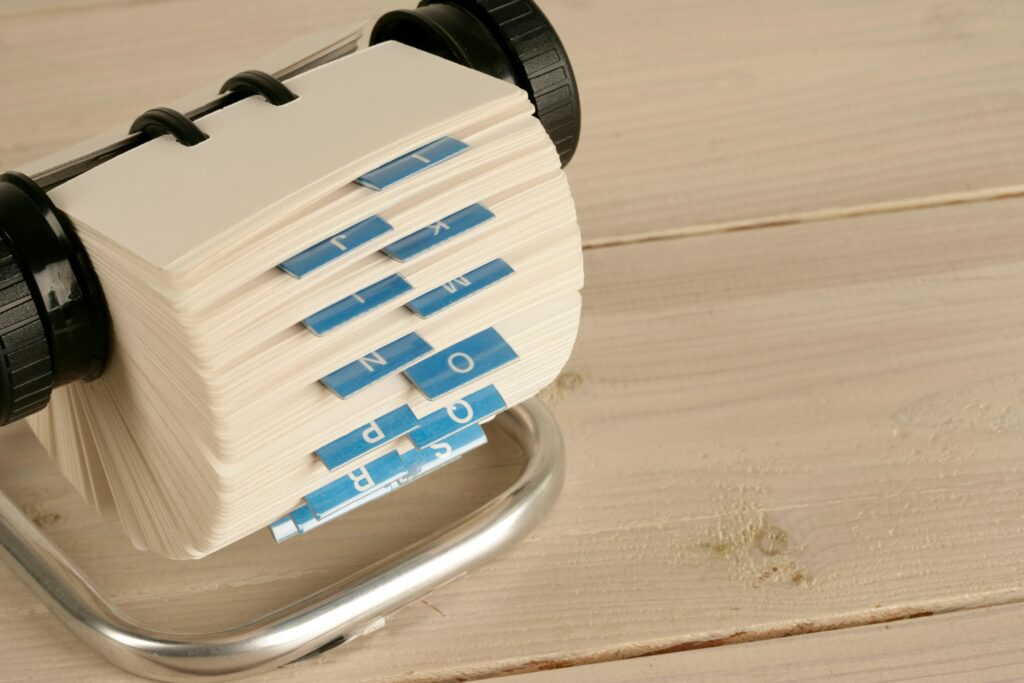
Rolodexes used to sit on every desk, packed with business cards and contacts. Now, all of that information lives in phones or contact management software. Most people have not seen a Rolodex in years, and they may never make a comeback.
Single-Screen Movie Theaters
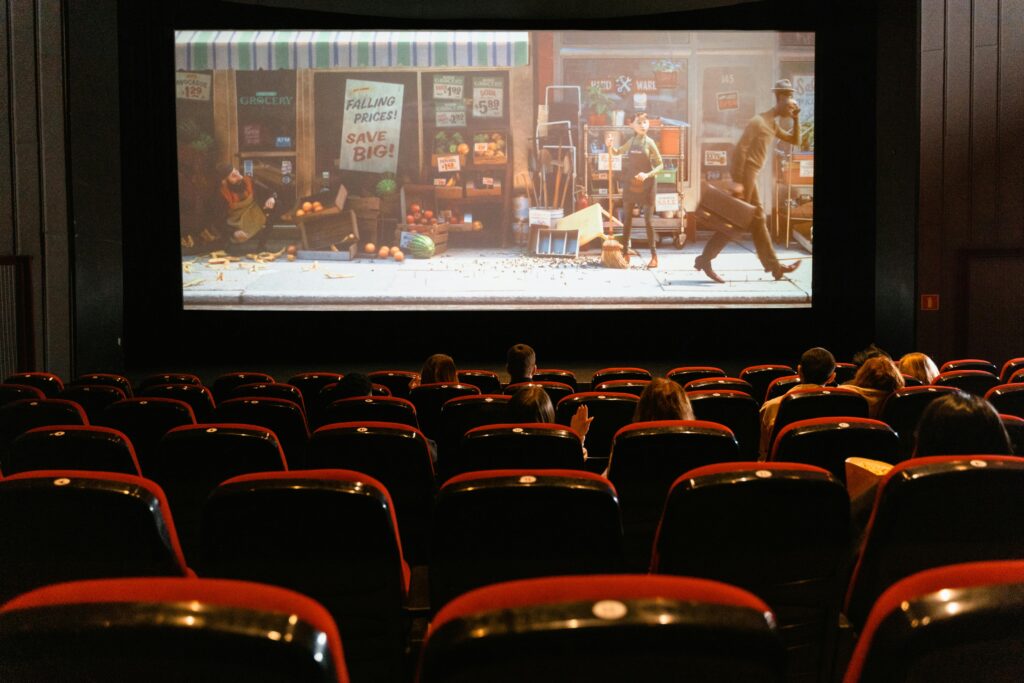
Big multiplex chains have taken over the movie business. Small, single-screen theaters struggle to compete with more options, better sound, and larger screens. Unless they offer a niche experience, they face an uphill battle for survival.
Physical Media
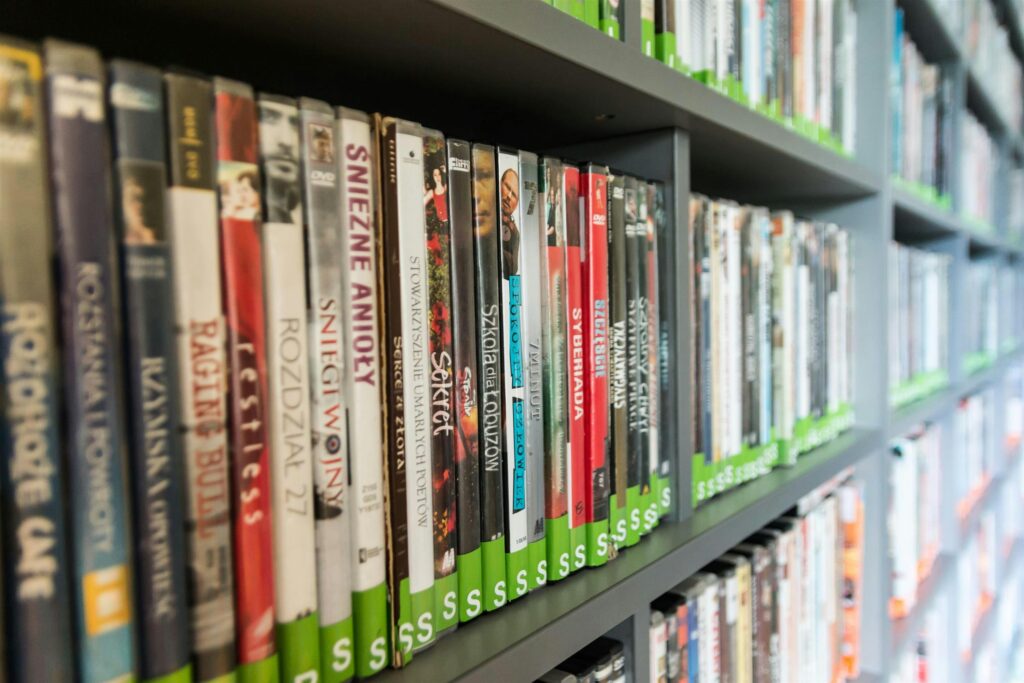
DVDs, CDs, and Blu-rays once filled shelves in American homes. Now, streaming dominates entertainment. Few people buy physical copies anymore. Stores have reduced shelf space for discs, and some new releases are digital-only.
Read More: 9 Things That Shock People About Americans & America
Felt Permanent

The American cultural landscape is always shifting. Items that once felt permanent are fading quietly into memory. Whether due to new technology, environmental efforts, or simple convenience, these beloved items may soon be gone. While some will be missed, others are simply being replaced by better and smarter solutions. Keeping an eye on what is vanishing can offer a surprising look at how quickly daily life changes.
Disclaimer: This article was created with AI assistance and edited by a human for accuracy and clarity.

